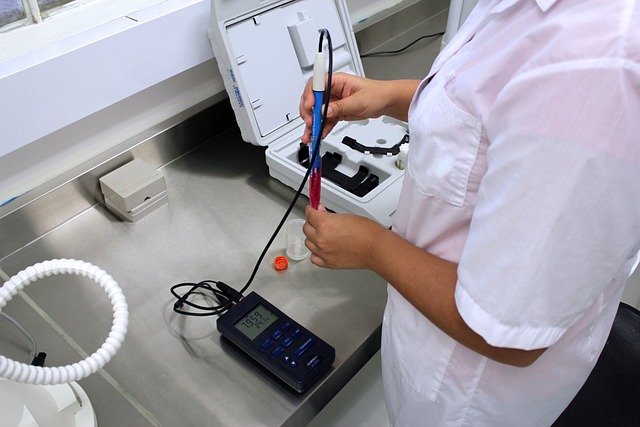Gender Differences in STDs
Gender differences in sexually transmitted diseases (STDs) are a critical area of study within sexual health, as they can significantly influence both the prevalence and the manifestation of these infections. Understanding these disparities is essential for developing effective prevention strategies and ensuring that both men and women receive appropriate care. Biological, social, and behavioral factors all contribute to the way STDs affect different genders, leading to variations in susceptibility, diagnosis, treatment, and health outcomes.
Biologically, women and men have distinct anatomical and physiological differences that influence their vulnerability to STDs. For instance, women have a larger mucosal surface area in the genital tract, which can increase the risk of infection during sexual activity. Additionally, the hormonal fluctuations experienced during menstrual cycles can affect the vaginal environment, potentially making it more conducive to certain pathogens. Men, on the other hand, may experience more immediate and noticeable symptoms from STDs, which can lead to earlier diagnosis but also to higher rates of transmission if they are unaware of their infection status.
Social and cultural factors further complicate the landscape of STD transmission between genders. Stigma surrounding sexual health can deter individuals from seeking testing and treatment, with women often facing greater societal pressures related to sexual behavior. Additionally, power dynamics in sexual relationships can impact negotiation for safer sex practices. For example, women may feel less empowered to insist on condom use, increasing their risk of exposure to STDs. Educational disparities regarding sexual health also contribute to this issue, as access to information and resources can vary significantly between genders.
Behavioral differences also play a role in the epidemiology of STDs. Research indicates that men are more likely to engage in riskier sexual behaviors, such as having multiple partners or not using protection consistently. Conversely, women may engage in less risky behaviors but are still at a higher risk for complications from STDs due to biological factors. The differences in sexual practices and risk behaviors highlight the need for tailored public health interventions that address the specific needs and realities of each gender.
Recognizing these gender differences is vital for healthcare providers and public health officials in order to create targeted prevention and treatment strategies. Educational campaigns must be designed to reach both men and women, addressing their unique risk factors and promoting safe sexual practices. Moreover, healthcare systems should ensure that both genders have equitable access to testing and treatment, with considerations for the specific barriers that may affect each group. By fostering a comprehensive understanding of gender differences in STDs, we can enhance sexual health outcomes and reduce the overall burden of these infections in society.


No responses yet